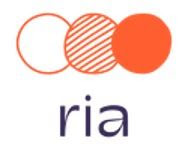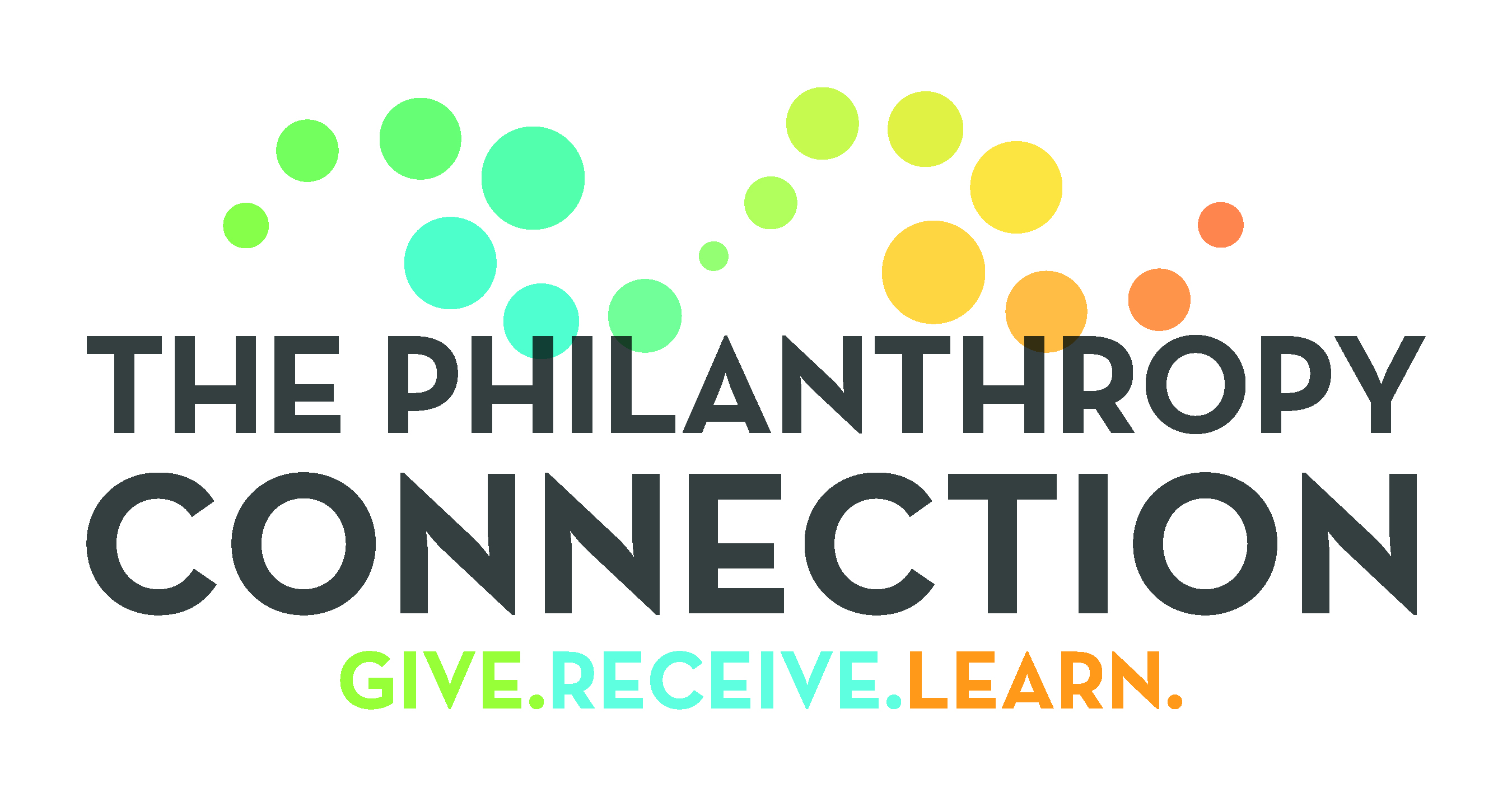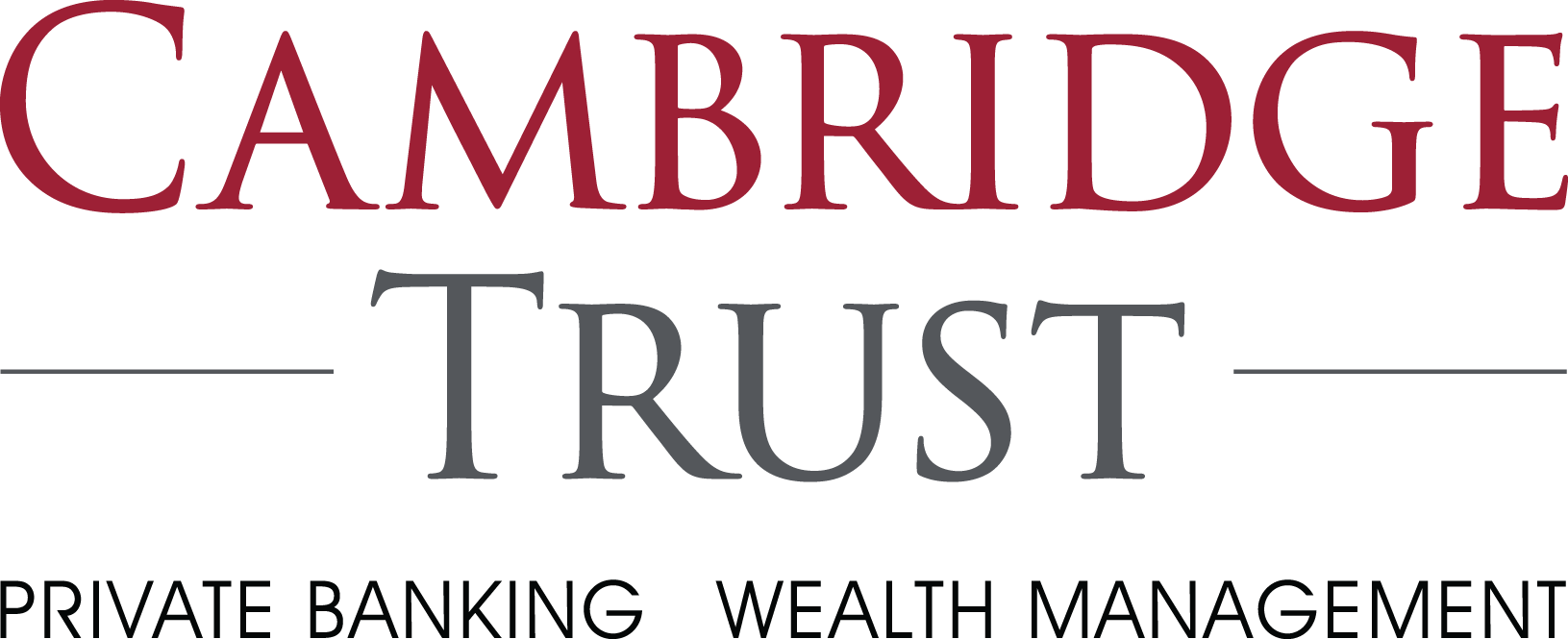250+
10
grantees every year
$2.5M+
total amount granted
Our mission is to inspire and enable a community of women to learn, grow, and engage in collective giving to support nonprofit organizations that address systemic inequities impacting individuals and families within the greater Boston area.
Current Grantees
Meet our 2023-2024 Grantee Organizations
















